How to do a TerraMaster F2-221 RAM upgrade
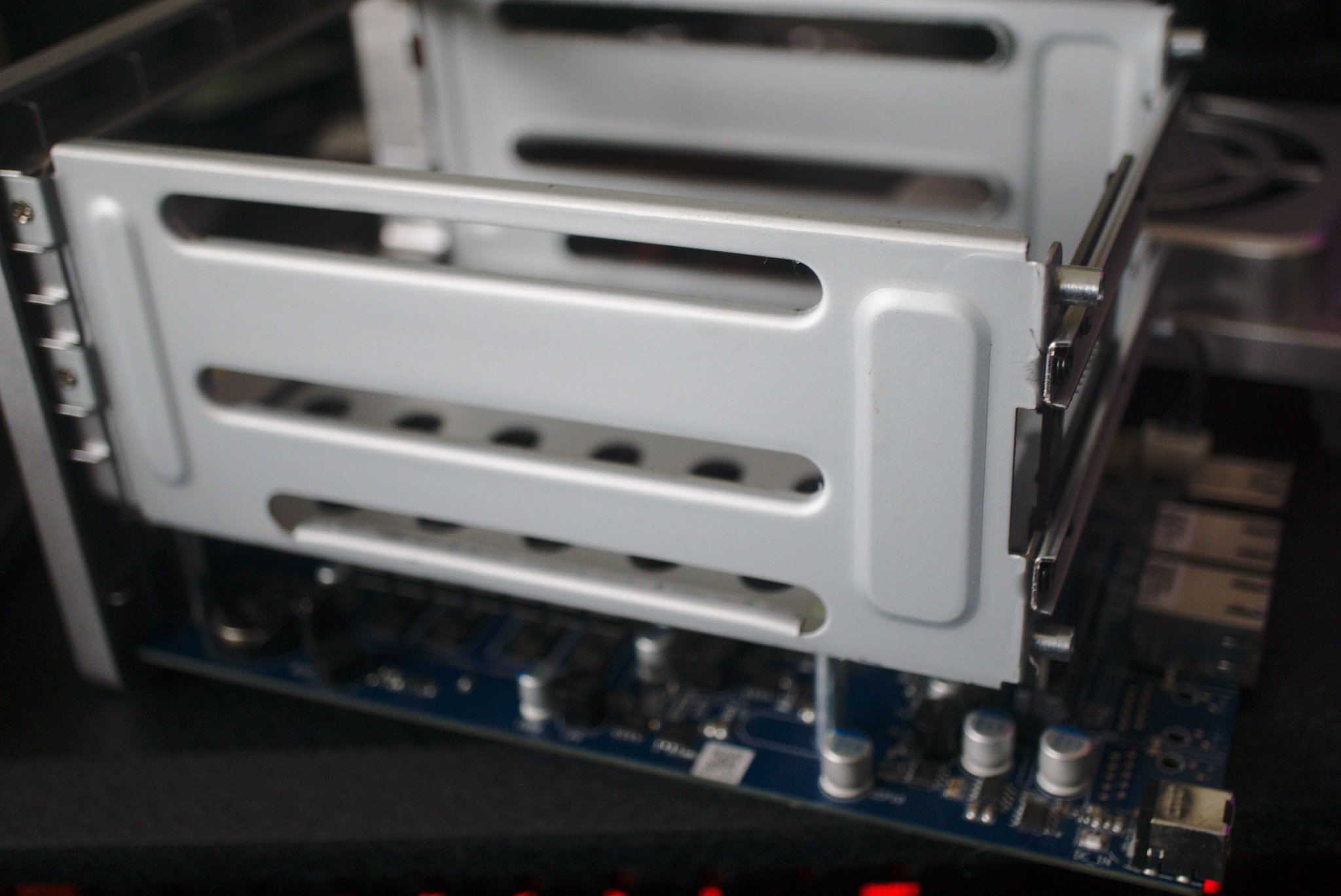
Upgrading the amount of RAM inside the TerraMaster F2-221 is not exactly a straightforward process, even once you have a compatible module at hand. In order to install a secondary RAM module, you need to remove the drive bays, the rear fan, and plate, then slide out the internal PCB so you can access the underside of the main board.
Products used in this guide
- RAM module: TerraMaster 2GB RAM ($50)
- Toolkit: Floureon 38-piece Toolkit ($13)
How to install the secondary RAM module
- Take out the two disk trays.
- Unscrew the rear panel.
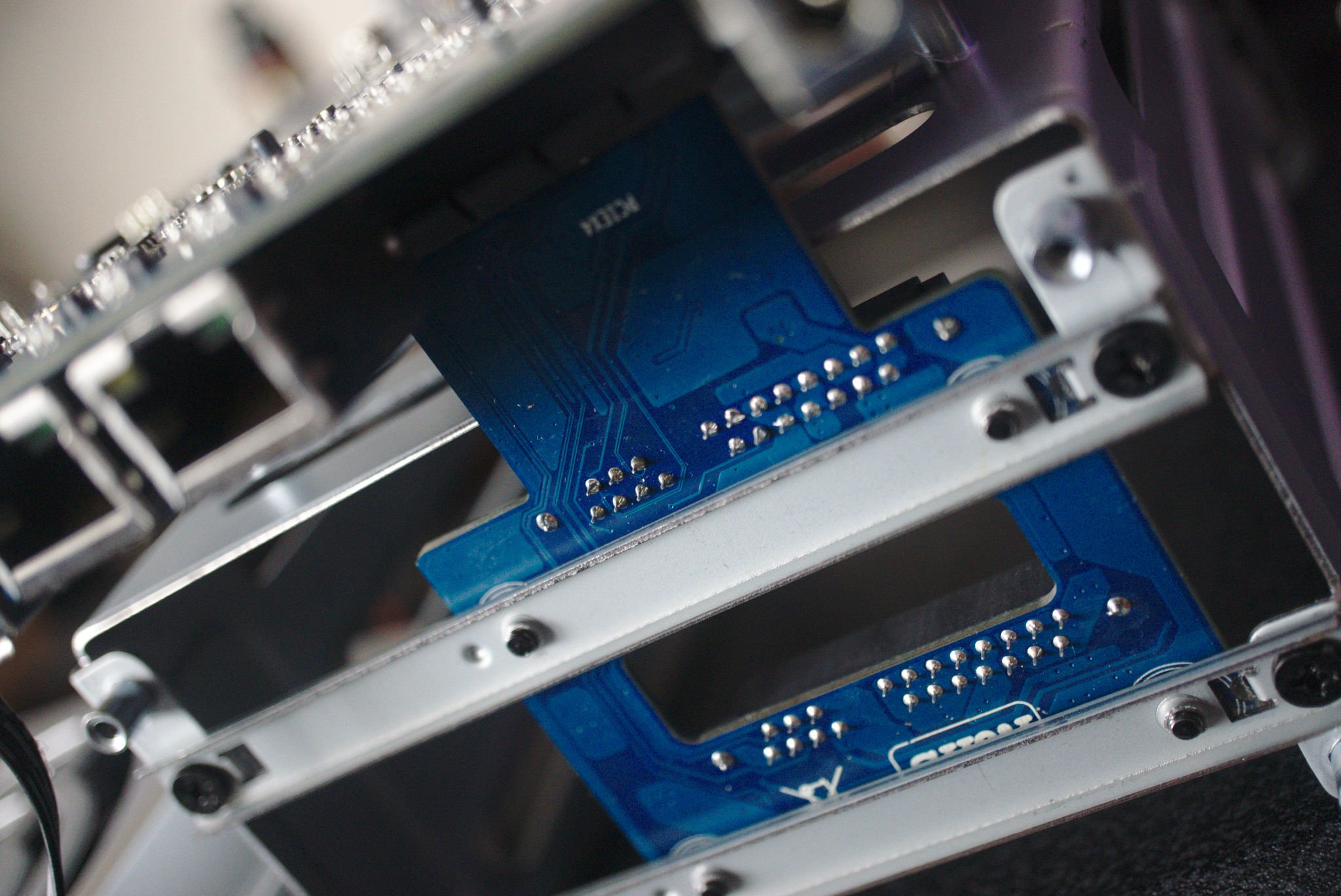
- Slide the internal PCB tray through the front of the NAS.
- Turn over the PCB to access the RAM slot.
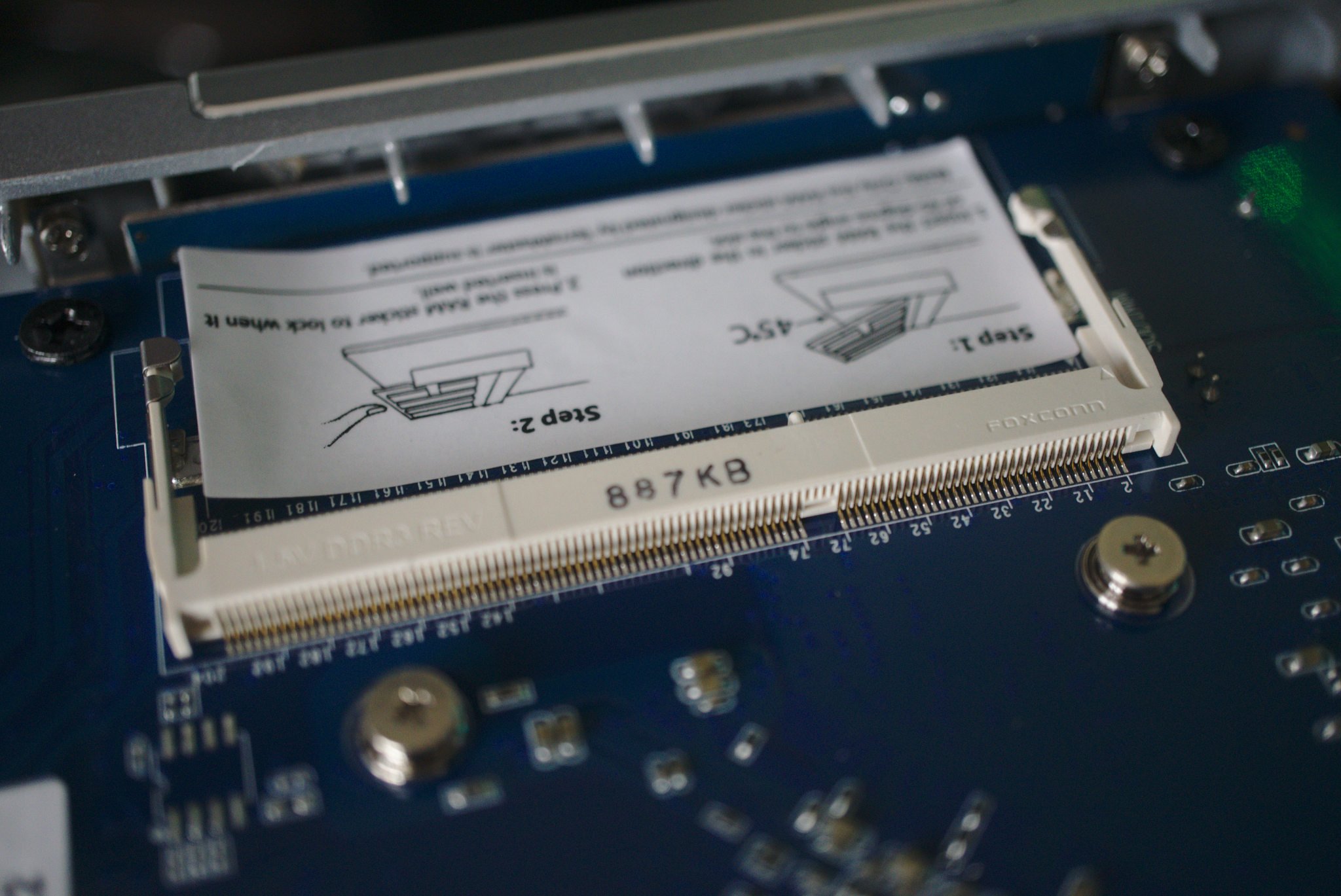
- Insert the module into the slot, matching the notches.
- Slide the internal PCB tray back through the metal case.
- Attach the fan and rear plate to the NAS and screw it all together.
Our top equipment picks
In order to upgrade the RAM of your F2-221 NAS, you're going to need a 2GB RAM module.
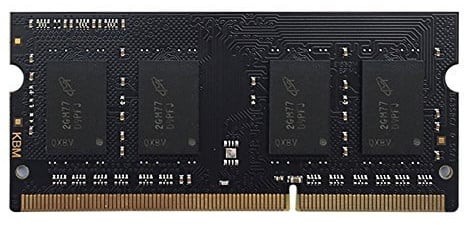
Officially supported RAM upgrade from TerraMaster
This is the only supported RAM module listed on TerraMaster's website, both because the company sells this memory and because it ensures NAS owners use the right modules for their upgrades. Should you install RAM from another vendor, the company may not offer assistance should something go wrong.
Additional Equipment
If you don't have a small screwdriver to reach in and remove the rear panel screws, you'll need a toolkit that has one.
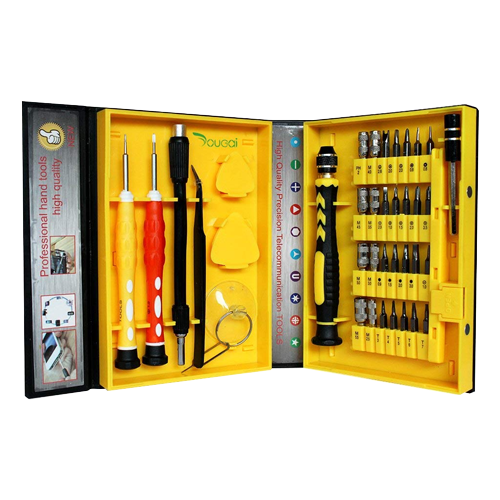
Floureon 38-piece Toolkit ($13 at Amazon)
Sometimes you don't need countless screwdriver tips, a brush, cable cutter, among other tools. This is what makes the Floureon toolkit more appealing for someone who won't be tinkering with hardware too often.
Get the Windows Central Newsletter
All the latest news, reviews, and guides for Windows and Xbox diehards.

Rich Edmonds was formerly a Senior Editor of PC hardware at Windows Central, covering everything related to PC components and NAS. He's been involved in technology for more than a decade and knows a thing or two about the magic inside a PC chassis. You can follow him on Twitter at @RichEdmonds.
